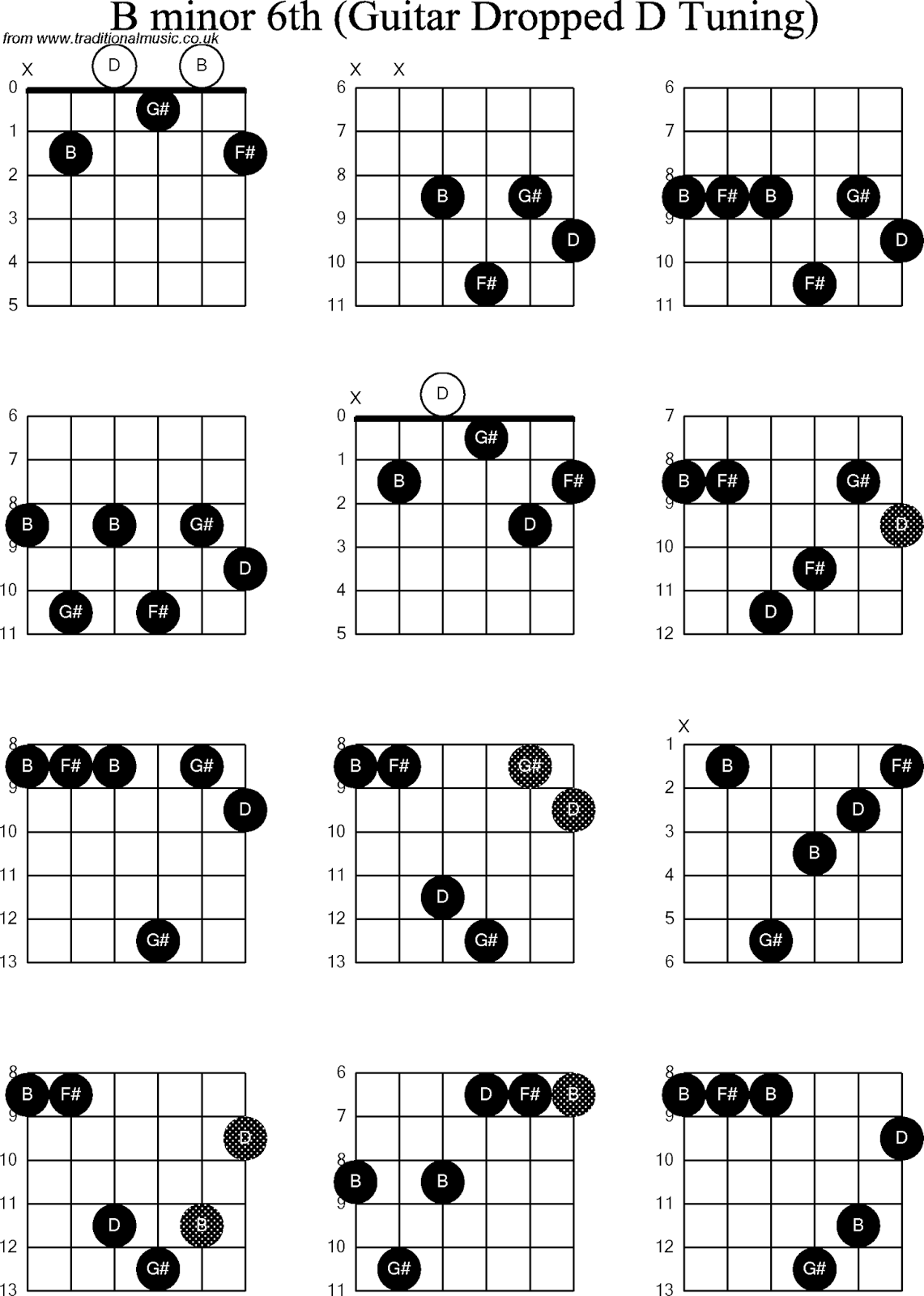

The answer to this question lies in the X century, because it was then that they began to use the Latin letters to designate sounds.
ALL CHORDS FOR GUITAR HOW TO
Very often people are not sure how to correctly label the note Si - H or B.
To ensure that the chords sound flawlessly, do not forget about the tuning of the guitar!Ī bit of history or where are the chords "B". Beginning guitarists are particularly difficult to play chords with barrels, but do not worry - with frequent training it becomes easier! To take a barre, use your index finger to clamp all the strings simultaneously. The red line indicates barre reception. The red dots indicate which strings you need to press the strings to play the chord. Numbers above the "grid" indicate the numbers of frets on the guitar fingerboard. 
The chords in the pictures are fingering.

On all images the first string is located on top (the thinnest), the sixth string is on the bottom.
Fingering is a schematic representation of the chord on the guitar fretboard. Following the link, you will see the fingering of all the chords in the pictures for the corresponding note: sharps, flat, nonacord and others. But if you did not find the desired fingering in this table, do not worry, just go to the "See all" link under the images. Such tabular representation of fingering is most convenient for perception. Here are presented three main chords from each note - major, minor and seventh chord. This table will help any guitarist, both beginner and more experienced. Once you master this pattern you can explore other strumming patterns, and you can quickly learn new ones by mimicking the strumming you hear in songs as you learn.The most frequently used guitar chords. This is a simple pattern and helps you get your right hand rhythm established. If you are just starting out, try to use a down down down up down up strumming pattern. If you want to see how the same chord progressions are used over and over again in pop music, check out my post on 200 songs using four basic chords. There is much more to learn here in regards to music theory, but for now we can just stick to that simple explanation. Uppercase roman numerals represent the major chords, and lowercase represent the minor chords and diminished chord. Chord progressions are noted with roman numerals 1 through 7. Chord ProgressionsĪ chord progression is nothing more than chords played in a sequence. For example, if you are capo’d on the 2nd fret and you play a chord in the G shape you are actually playing an A chord. See how the capo changes the root note to form different chords out of their natural shapes. You will see the C, A, G, E and D shapes.Ī fun exercise is to use a capo and play through all of the open chord shapes. 
A quick way to see this in action is when learning the barre chords mentioned above. When learning these chords all over the fretboard of the guitar, you will see some hand shapes repeating. Every guitar player should know all of these chords. They are played in the first position and involve the use of open strings (in other words, strings that you strum without pressing down on a fret). The open chords are some of the more common guitar chords you learn as a beginner guitarist. Begin by learning these essential chords and you’re well on your way to playing many of your favorite songs. Together, they make up the CAGED system, which is built on five open chord shapes whose diagrams are below: C major, A major, G major, E major, and D major. Where to start? If you’re a beginning guitar player, I recommend starting with these 5 basic guitar chords.








 0 kommentar(er)
0 kommentar(er)
